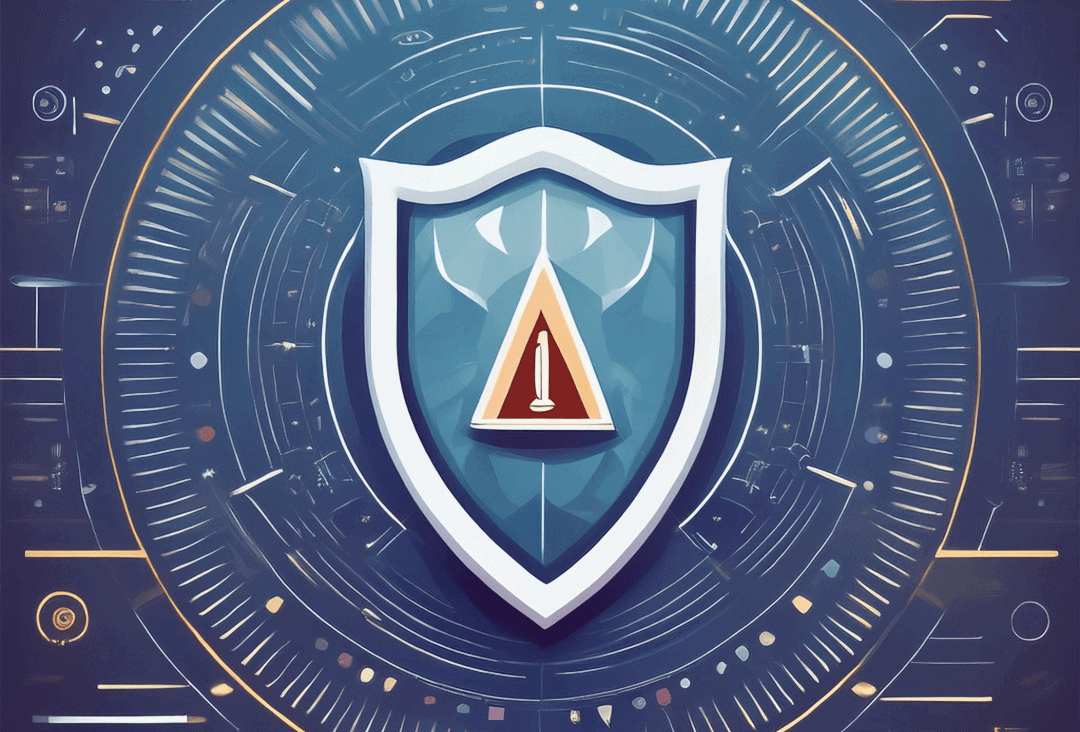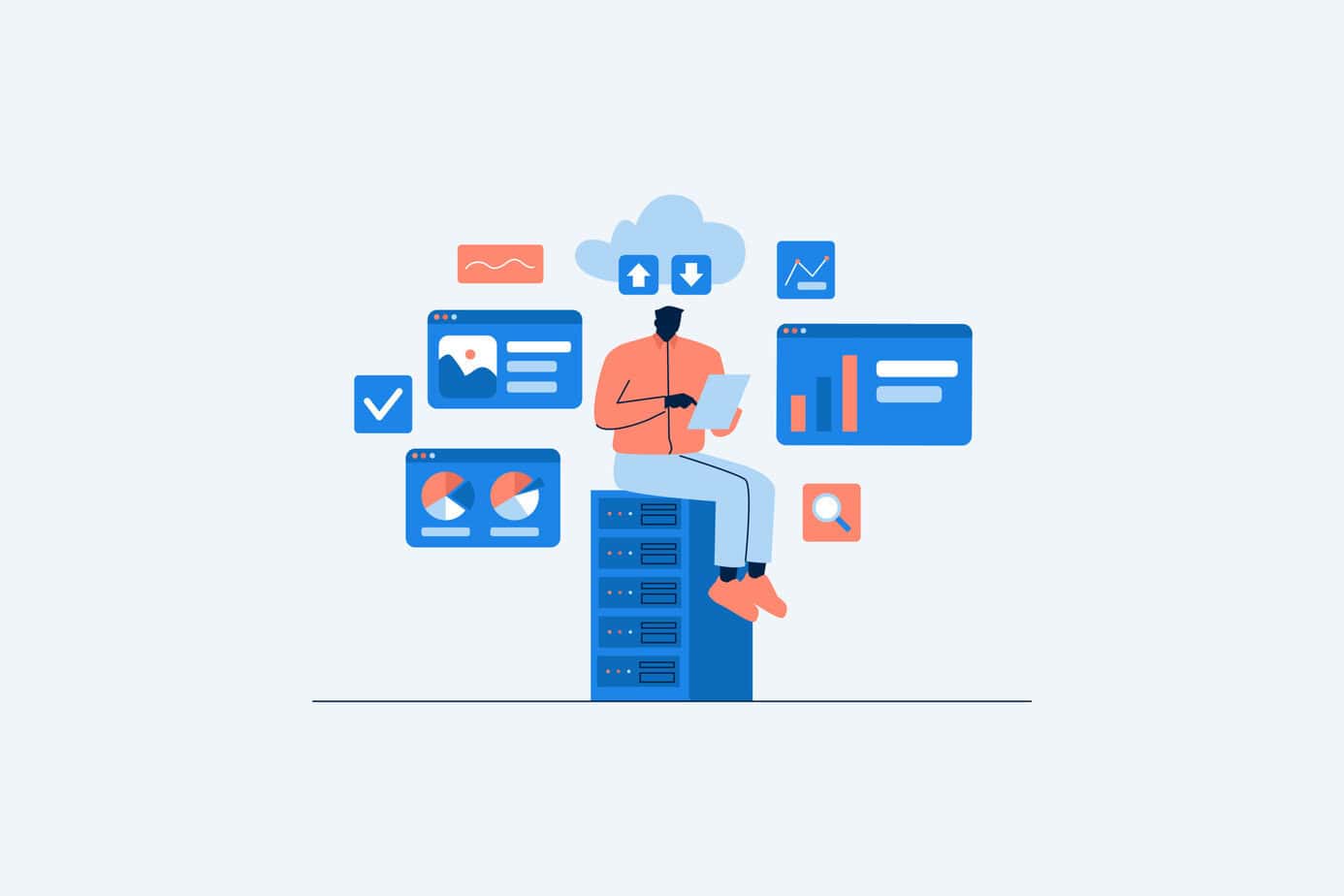5 Highly Effective Habits to Keep You Cybersecure this October

October marks Cybersecurity Awareness Month, and while every month should focus on cybersecurity (in our humble opinion), there’s no better time to strengthen your business’s defenses. These days, any individual or organization can be a target, which means developing strong cybersecurity habits is crucial for safeguarding your company’s data and operations. No matter your technical […]
Everything You Missed From Our Egnyte Webinar

By Corbitt Grow, Director, Business Development A big thank you to everyone who joined us for our webinar on August 14th! It was a jam-packed 50 minutes, where Bryan Harman from Egnyte and our teammate Corbitt Grow explored the ways Egnyte’s Intelligent Content Platform can boost business efficiency across a range of industries. Egnyte: An […]
The Power of a Deepfake: How Much Could One Phony Video Call Cost You?

By Principal Farica Chang If there have been any lasting benefits from the pandemic, better business agility is certainly one of them. Thanks to more reliable, affordable video calling platforms, companies can meet with clients, partners, and providers anywhere in the world without having to set foot outside the office. Sadly, nothing good ever comes […]
It’s Not Just Businesses Benefitting from AI—Threat Actors Are Gaining an Advantage Too

By Mark Anderson, Founding Principal Artificial Intelligence (AI) has blown all other recent tech trends out of the water over the past few years. In less than half a decade, it’s gone from sci-fi speculation to an accessible, everyday tool that’s revolutionized many industries, enabling businesses to streamline, simplify, and advance their operations. While the […]
Using Microsoft 365 Business Standard? Premium or E3 May Be a Better Choice

By Principal Farica Chang Microsoft 365 has been a blessing for many small businesses, providing a suite of powerful tools and applications that simplify your IT-dependant processes. However, as your business evolves, the capabilities of Microsoft 365 Business Standard may no longer suffice, prompting the need to explore more advanced options. Let’s discuss how upgrading […]
Is Your Business Ready to Hand Over to Your Successor?

By Principal Farica Chang The time has come—from humble beginnings to local success story, you’ve put years of blood, sweat, and tears into your business, and now, you’re ready to move on. Whether you’re handing over to friends, family, or an investment firm, the transition’s sure to be emotional. What it shouldn’t be, though, is […]
What’s Happened in the World of Technology So Far in 2024?

By Principal Farica Chang Towards the end of last year, we wrote about the technology trends we expected to see in 2024. With seven months in the bag, we thought it would be a good time to revisit these predictions and see how they’ve played out. From AI to the cloud to cybersecurity, join us […]
Legal Updates: What’s New in Digital and Cyber Liability Laws

By Principal Farica Chang As technology progresses, so does the complexity of legal requirements concerning digital and cyber liability. Recent changes in these areas highlight the increasing importance of business owners staying informed and proactive in compliance efforts. This blog explains the latest developments in digital liability laws, particularly focusing on the American Rights Privacy […]
Worried About IT Outages Affecting Your Business?

By Principal Farica Chang In our digitally-driven world, businesses are heavily dependent on IT systems to maintain daily operations. When these systems experience outages, the consequences can be severe, including operational disruptions, financial losses, and damage to reputation. The recent incident involving CrowdStrike, a prominent US cybersecurity company, underscores the essential need for robust IT […]
Here’s Where You’re Going Wrong with Data Management

By Principal Farica Chang Business operations feeling sluggish? It might not just be the market—inefficient data management practices could be silently draining your company’s productivity and profitability. Many organizations don’t realize the extent to which outdated or poorly structured data systems are affecting their bottom line. From unnecessary risks in security to missed opportunities for […]

